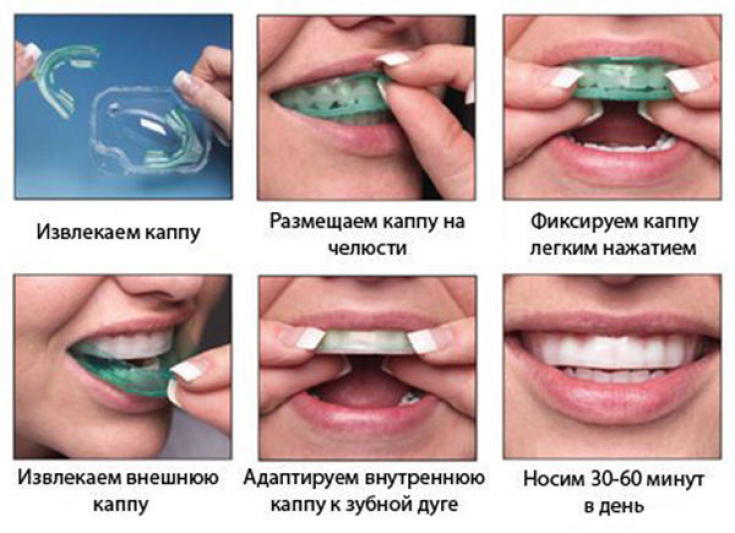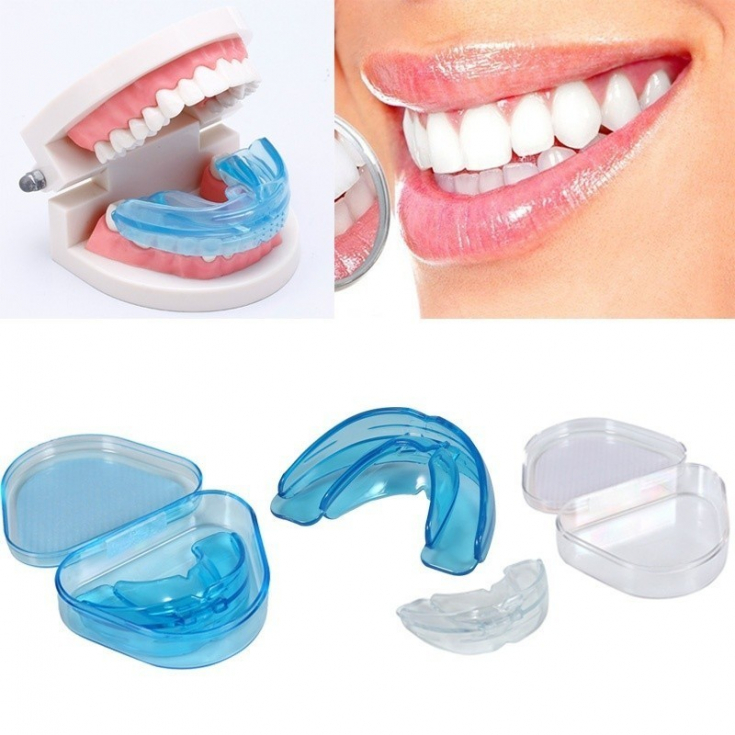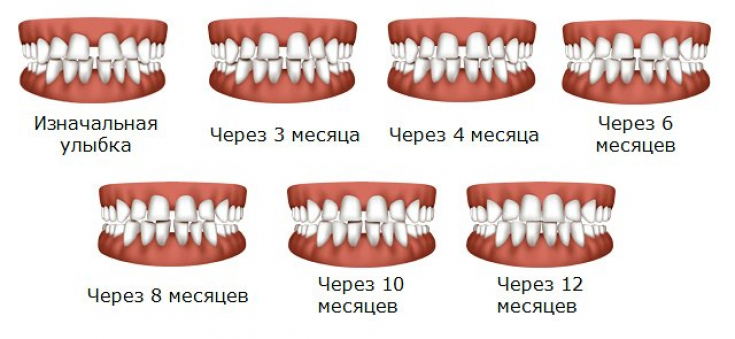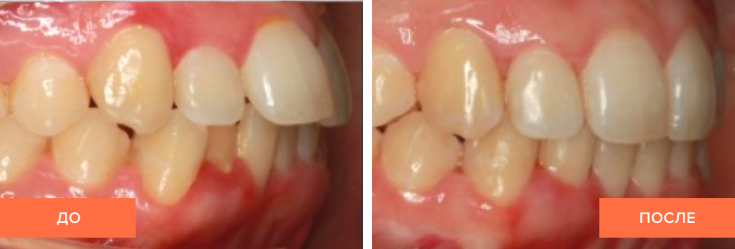Perfectly even and beautiful teeth – it is a rarity. To get a good result, many do not bypass the use of special devices for aligning the dentition. Popularity is gaining mouthguards for straightening teeth, which are designed to protect against dental diseases and to form a correct bite. Recently, mouthguards were used only by athletes to protect their teeth, today medicine is actively using products for other purposes.
The editors of estet-portal.com offer to get acquainted with the concept of caps, find out what they are intended for, what types they are and how the product is used.
- Teeth Alignment Caps: Why Use an Alternative to Braces
- Dental mouth guard: main types of products
- Features of choosing and caring for a mouthguard
- Children's teeth straightening trays: when it matters
- Advantages and disadvantages of tooth cap
Teeth Alignment Caps: Why Use an Alternative to Braces
Capa for teeth dental is an alternative bracket system, made in the form of caps made of colorless material. The device is put on the teeth and acts on them mechanically. Many people wonder what is better braces or caps, but only a doctor will tell you the answer. Capas are able to cope with minor bite pathologies, so whether or not to use them depends on individual problems.
Subscribe to our page on Facebook!
Dental trays are designed for:
• to protect teeth from injury;
• to prevent teeth grinding (bruxism);
• for the prevention of dental diseases;
• to eliminate bite defects;
• for alignment of the dentition;
•
for teeth whitening.

• standard, which are made of polyurethane, and are developed according to the average jaw, eliminating small bite defects;
• thermoplastic, which become soft from hot water, and then harden in the form necessary for the user's teeth, the basis of such a cap is a biopolymer;
• individual mouthguards or aligners are an expensive and high-quality device. The product is manufactured using 3D technology to order the patient, taking into account his parameters of the dentition. The aligner is able to correct complex dental defects. beautiful and
<
Features of choosing and caring for a mouthguard
The selection of a dental cap begins only after visiting an orthodontist. After examining the dental cavity, the doctor will be able to choose a type of cap, depending on the patient's case. If a standard or thermoplastic cap is suitable for correcting the defect, then the process of purchasing it follows. When it is advisable to use an aligner, then an impression of the teeth is made, and then the mouthguard itself.
Dental caps do not need special care, for full and long-term use it is enough:
• wash the product with warm water or clean with toothpaste and a brush; • store the product in a special container;
Children's mouthguards for teeth alignment: when is it relevant
Children's mouthguards are also a popular tool for dealing with malocclusions and teeth alignment. The product for children is made only from thermoplastic. It is worth wearing a mouthguard no more than 2-3 hours a day.
Recommendations for wearing a mouthguard in childhood are as follows:
• the presence of expansion or narrowing of the dental arch;
• the presence of a diastema in a child (when the space between the front teeth is noticeable);
• when it is not possible to wear braces due to allergic reactions;• when, after removing the braces, a support agent is required.An orthodontist also prescribes a cap toe, having studied the structural features of the child's dentition.
 Advantages and disadvantages of mouth guards
Advantages and disadvantages of mouth guards
• do not affect tooth enamel, do not erase it, do not scratch it, etc.;
• they are unpretentious in care.
The negative sides of the cap include: the cost of production, especially when it comes to individual caps;
• inefficiency with complex defects or neglected situations;
• independent control of wearing and taking off, after all, patients sometimes forget to wear mouth guards, which reduces the effectiveness of use. This is a relatively new word in dentistry. They are easy to use, do not require complex care and allow you to solve some problems with your teeth.
Read also: Teeth alignment mouthguards: varieties and features
Watch us on YouTube:







Add a comment